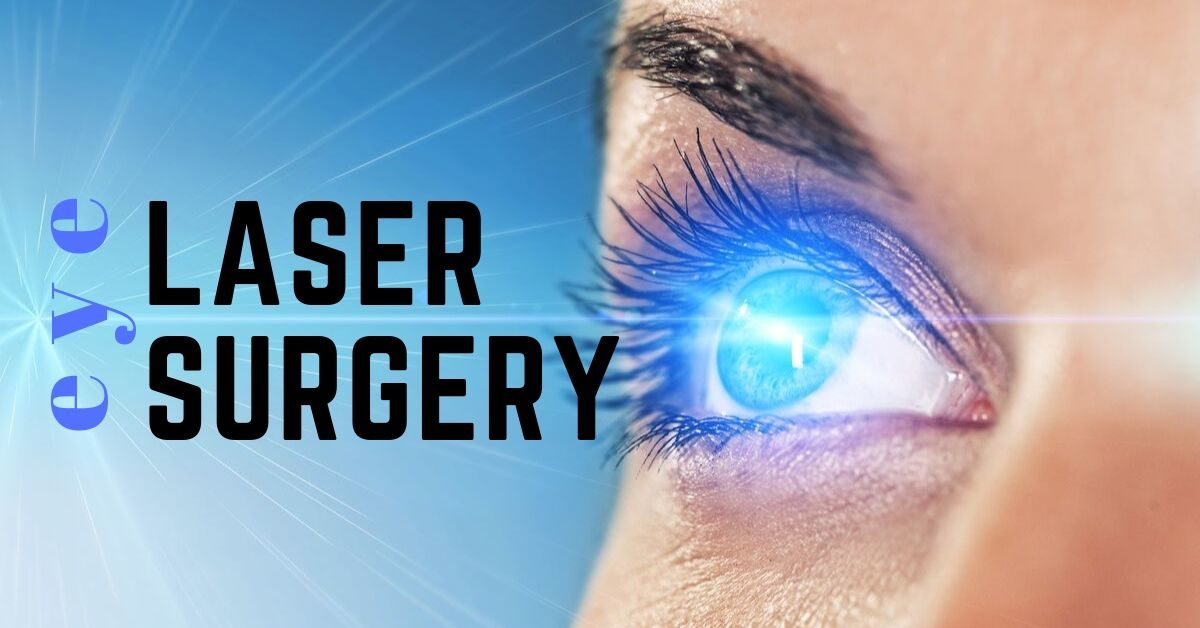Lasers are commonly used in all of ophthalmology and are useful tools to treat disease of the cornea, glaucoma, cataracts and various retinal diseases.
Because the cornea is transparent to light, the cornea allows the laser energy enter the eye and treat the inner parts of the eye such as the retina.
Lasers for the Cornea
Reshaping the cornea allows many patients to have refractive surgery. Modern refractive surgery is called LASIK. The precision of the laser allows the surgeon to accurately resculp the curvature of the cornea to match the prescription otherwise needed by wearing glasses or contact lenses. An eximer laser is commonly used to perform LASIK.
Laser for Glaucoma
Laser surgery for glaucoma has been long been a treatment option to reduce intraocular pressure. Reducing the internal eye pressure is the mainstay of most treatments for glaucoma. Argon, diode or Neodymium:YAG lasers can be used for glaucoma laser surgery.
Cataract Laser Surgery
There are two ways lasers can assist the eye surgeon to treat cataracts and so-called after cataracts. Laser assisted cataract surgery allows the eye surgeon to more accurately perform several steps of the cataract surgery, but not the entire surgery. A femto-second laser is used for laser-assisted cataract surgery.
After initial cataract surgery, the intraocular lens commonly becomes cloudy. This cloudiness can be improved with a Nd:Yag laser.
Retina Laser Eye Surgery
Lasers are used by a retina specialist to treat 3 different types of problems:
A retinal tear can happen to anyone. Retinal tears can cause a retinal detachment which requires surgery and is vision threatening. Using an argon or diode laser, laser burns surround the retinal tear to prevent a retinal detachment from occurring from that specific tear. In essence, the retinal burn, “seals” the tear, preventing retinal detachment.
Certain types of retinal vascular occlusions (RVO) can cause swelling, aka edema, in the retina. Similar types of swelling are commonly treated in patients with diabetes. The laser acts to decrease swelling by either reducing the rate of fluid accumulation or increasing the rate of absorption.
Advanced retinal diseases, called retinopathy, can be treated with laser to stabilize the eye and prevent vision loss. Proliferative diabetic retinopathy is often treated with laser or intravitreal injections. Retinopathy can also be caused by types of vascular occlusions.
If you would like to schedule an appointment, please call us (877) 245.2020.
